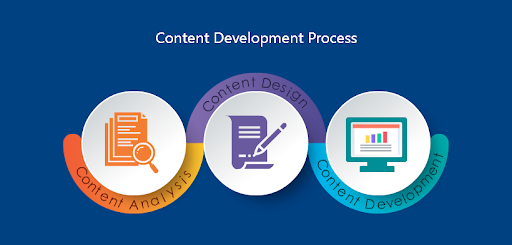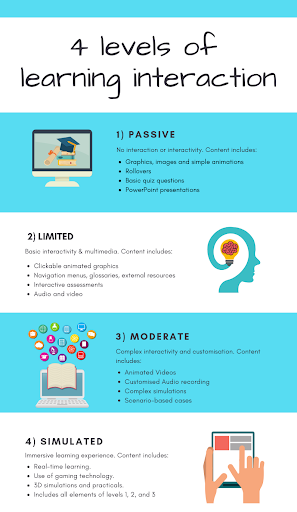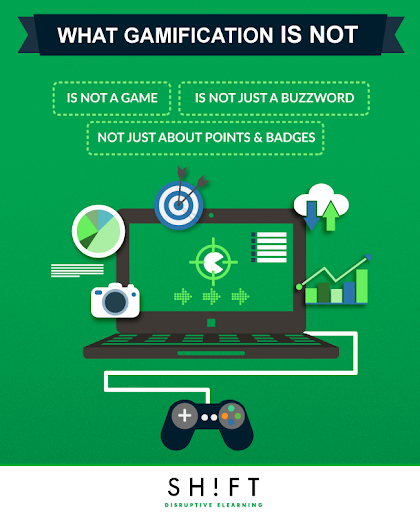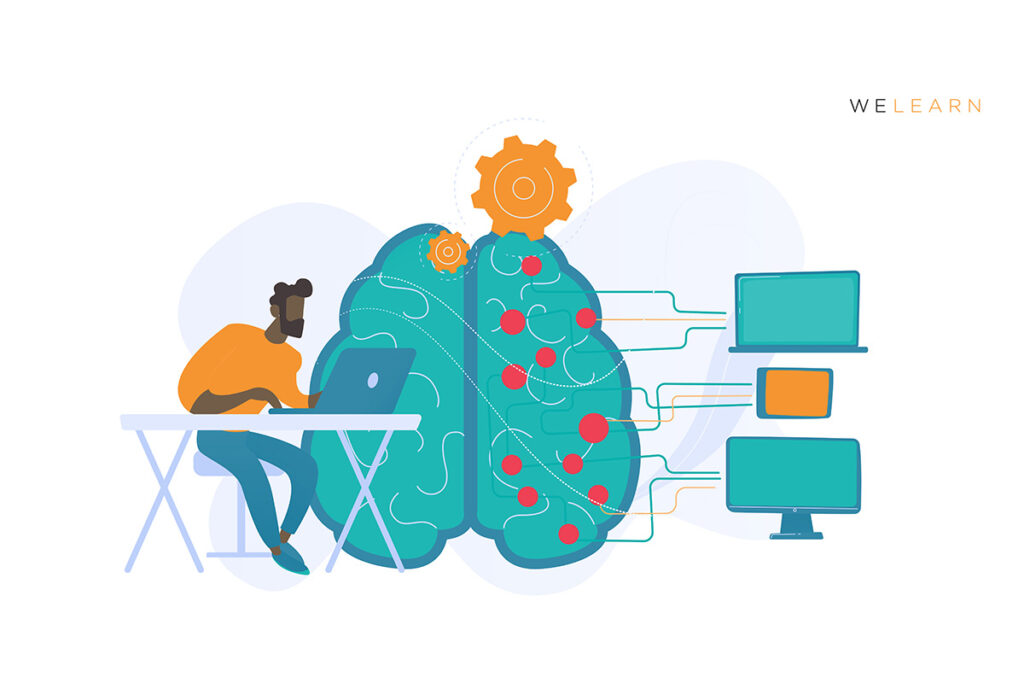eLearning content development is a process of creating educational materials for delivery through digital formats.
It is an integral part of any successful continuous learning or training program.
It can include creating instruction materials such as online courses, webinars, tutorials, and educational videos. eLearning content development also includes developing interactive elements such as quizzes, simulations, and games.
The goal of eLearning content development is to create engaging, interactive, and meaningful learning experiences for learners. Through this process, learners are able to gain knowledge and skills in a way that is both effective and efficient.
The eLearning market is predicted to grow 200% by 2025
So, with the help of technology and by understanding the following trends, you will be able to create engaging and effective educational materials that can be accessed anytime and anywhere.

The Most Important Trends In
eLearning Content Development
Trend #1 Improved User Experiences
As the demand for continuous learning increases, organizations are continually looking for ways to improve the user experience.
One of the most important trends in eLearning content development is improved user experiences.
An improved user experience is essential to ensure learners retain the knowledge they’ve acquired.
That’s why organizations must focus on creating a learning content strategy.
A learning content strategy outlines the goals and objectives of the training program.
It identifies the target audience, defines the learning objectives, and outlines the desired outcomes.
The strategy should also address how content will be delivered, assessed, and tracked.
Trend #2 Increasing Focus On Interactivity
As technology advances and learners become more tech-savvy, the focus on interactivity and engagement in eLearning Content Development is increasing.
In order to ensure that eLearning Content Development is effective, it is important to consider the learners’ needs and the learning objectives. It is important to create interactive content that is tailored to the learner and the learning objectives.
For example, if the learning objective is to understand the basics of a new technology, the content should include simulations and game-based learning activities to help the learners gain a deeper understanding of the technology.
This helps create an environment of curiosity and collaboration, where learners can share their knowledge and experiences with each other (also known as the cohort-based learning.)

Trend #3 Mobile First eLearning
The demand for mobile-first elearning has been steadily increasing as more and more businesses recognize the value of providing employees with the latest knowledge and skills.
From educational institutions to corporate training departments, the need for effective, mobile-friendly elearning content is becoming more apparent.
As the number of mobile devices used in the workplace continues to grow, so too will the need for custom-made elearning content that is optimized for smaller screen sizes.
In fact, the demand for mobile learning is so high that experts project a market value of $46.9 billion (at a CAGR of about 26%) by 2024.
This will become especially important as more employees begin to access content on their mobile devices while on the go.
Trend #4 Increased Demand For Accessibility
In 2023 elearning content development will see a huge increase in accessibility.
The growth in technology has made it easier for people to access learning content, allowing them to learn from wherever and whenever they want.
Accessible elearning content is content that is designed to be accessible to all learners, including those with disabilities or other accessibility needs. This could include text, audio, video, imagery, diagrams, and more.
Accessibility is a key factor when it comes to the successful implementation of elearning content.
This means making sure the content is readable, understandable, and navigable by users of any “disability.”
It also means ensuring that the content is created with existing accessibility standards in mind.
Trend #5 Growth Of Gamification
Gamification in learning is expected to grow at a CAGR of 14% between 2022 and 2025.
This trend is being driven by the fact that gamification can help to reduce the amount of time and resources required to deliver learning material while also engaging learners in an enjoyable and creative way.
As the demand for eLearning gamification content continues to grow, more businesses, schools, and organizations will be turning to gamification to make their eLearning experiences more engaging and effective.

By introducing elements of play, rewards, and challenges, businesses can increase employee engagement, schools can improve student learning outcomes, and organizations can engage customers in an enjoyable and creative way.
Conclusion
In conclusion, eLearning content development is evolving at a rapid pace, and it is important to stay up to date with the latest trends.
Improved user experiences, increased focus on interactivity, mobile-first learning, increased demand for accessibility, and the growth of gamification are all trends that are transforming the way eLearning content is created and delivered.
By keeping these trends in mind, content developers can ensure that they are creating the most effective and engaging learning experiences for their learners.
To learn more about online content development, click here.

